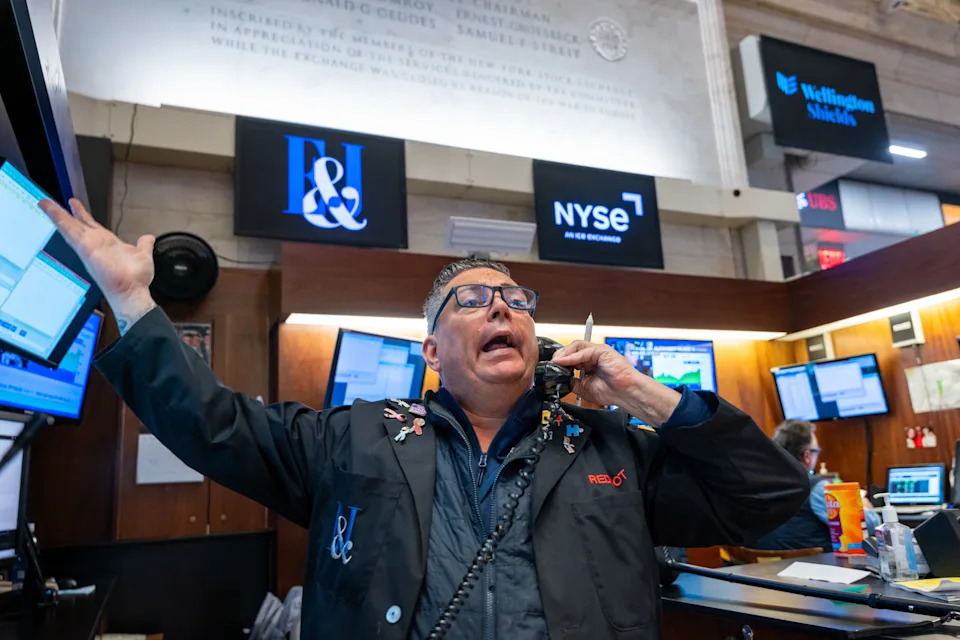The latest data on inflation in the United States has provided further evidence that price pressures have peaked, offering the Federal Reserve room to slow down its pace of interest-rate hikes.
Core CPI Rises 0.3% in December
Excluding food and energy, the consumer price index (CPI) rose by 0.3% last month, according to a Labor Department report released on Thursday. When compared to the same period last year, the core CPI was up 5.7%. Economists view this measure as a better indicator of underlying inflation than the headline measure.
Energy Costs Drive Overall Decline
The overall CPI fell by 0.1% from the previous month, marking the first decline in 2 1/2 years. This decrease is largely attributed to cheaper energy costs. The measure was still up 6.5% from a year earlier.
Median Estimates Matched
The data released on Thursday matches the median estimates of economists surveyed by Bloomberg. This further supports the notion that inflation is easing and may pave the way for the Fed to downshift to a quarter-point hike at its next meeting, ending February 1st.
Fed’s Next Move Uncertain
While this latest data provides room for the Fed to slow down its pace of interest-rate hikes, policymakers have emphasized the need to hold rates at an elevated level for quite some time. They have cautioned against underestimating their will to do so, which may mean that investors are still betting on a rate cut by year-end.
Resilient Consumer Demand and Labour Market
Resilient consumer demand, particularly for services, paired with a tight labour market threaten to keep upward pressure on prices. This makes it challenging for the Fed to pause its aggressive tightening cycle in decades.
Impact on Markets
The data released on Thursday saw U.S. stock futures drop before paring losses and Treasuries fluctuated. This reaction is not unexpected, as investors are closely watching the Fed’s next move.
Fed Minutes Show Inflation Resolve, Concern on Market Views
In a recent editorial, policymakers highlighted their resolve to address inflation while also expressing concern about market views. They emphasized the need for sustained policy efforts to ensure that inflation returns to its target rate.
What to Expect in 2023
As we enter 2023, investors are likely to be closely watching the Fed’s next move on interest rates and inflation. The central bank is expected to raise rates further before pausing to assess how the most aggressive tightening cycle in decades is impacting the economy.
A Closer Look at the Data
- Core CPI: The core CPI rose 0.3% last month, marking a significant decline from previous months.
- Overall CPI: The overall CPI fell by 0.1% from the previous month, driven largely by cheaper energy costs.
- Median Estimates: The data released on Thursday matches the median estimates of economists surveyed by Bloomberg.
Implications for the Fed
- Interest Rate Hikes: The latest data provides room for the Fed to slow down its pace of interest-rate hikes.
- Policymakers’ Resolve: Policymakers have emphasized the need to hold rates at an elevated level for quite some time.
- Investors’ Expectations: Investors are still betting on a rate cut by year-end, despite officials saying otherwise.
Outlook for 2023
- Interest Rates: The Fed is expected to raise interest rates further before pausing to assess how the most aggressive tightening cycle in decades is impacting the economy.
- Inflation: Policymakers will be closely watching inflation data to ensure that it returns to its target rate.
A Word from Experts
- "The latest data provides further evidence that price pressures have peaked, offering the Federal Reserve room to slow down its pace of interest-rate hikes." – Economist
- "Policymakers have emphasized the need to hold rates at an elevated level for quite some time, which may mean that investors are still betting on a rate cut by year-end." – Analyst
Join the Discussion
Share your thoughts on the latest data and its implications for the Fed’s next move. What do you think about the prospects of a rate cut in 2023?




